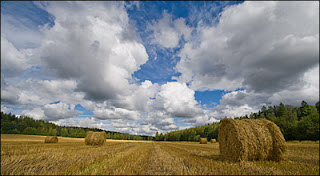Photo by Antti Lehtinen
Photo by Daniel Poe
A great depth of field is useful for landscapes and other things which take in a lot of detail. It shows lines and rhythm in the image. A great depth of field is useful when subjects are also very far in the background. It helps show the scenery as well.
Photo by Michael Zhang
Photo by Rudi Hulshof
A shallow depth of field is useful for a couple different reason. It can focus in on the subject and blur out any distraction things in the background. It also gives a clear, defined subject, and can capture detail much better. Using a shallow depth of field can also add story and lead the subject to a blurry, mysterious background. Shallow depths are also useful for focusing in onto a small subject.











